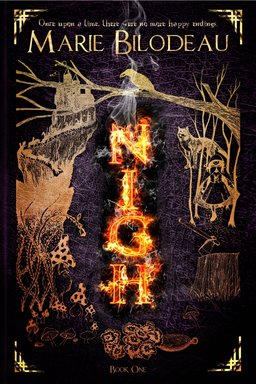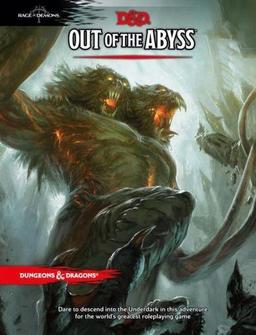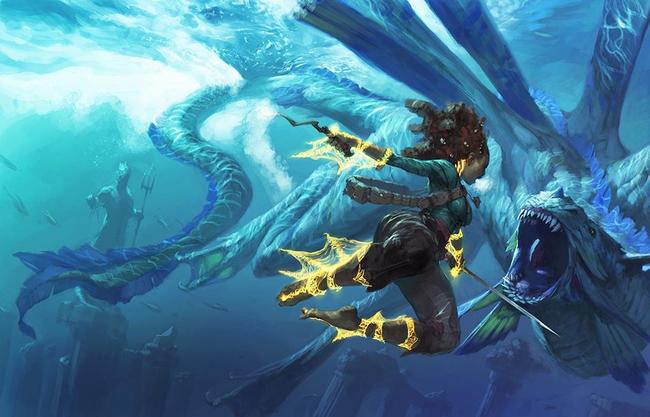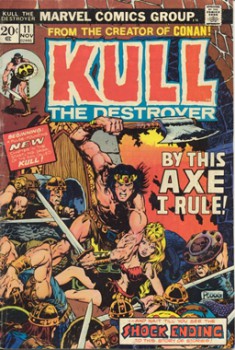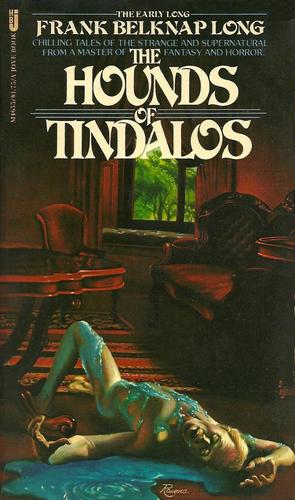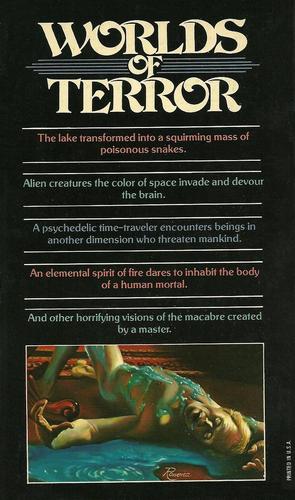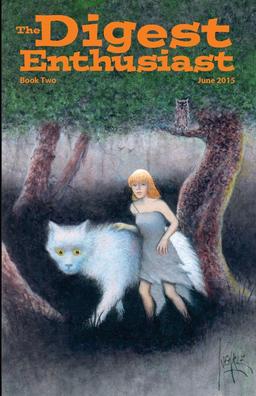Starvation Cheap & Primeval Thule
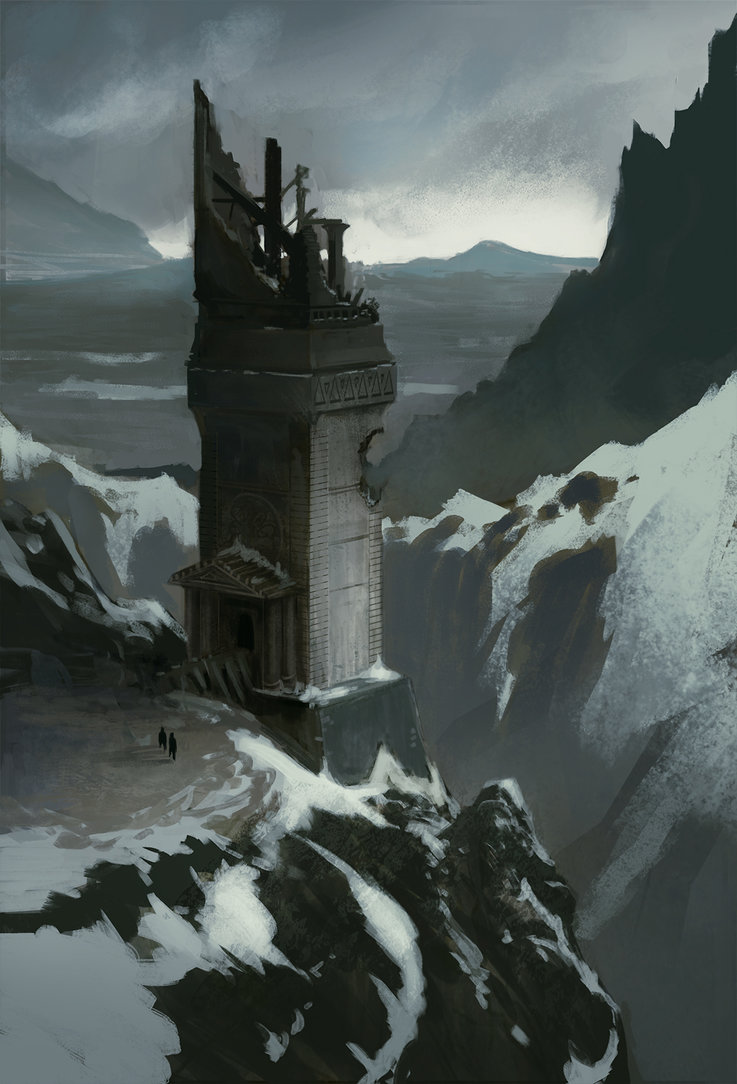
Two Kickstarters that any adventure gamer should be involved with are ending in the next few days, and it’s long past time to call attention to them. Both might be of interest to writers as well, simply because the people behind them have created past efforts crammed with wonderful world-building and the tools for inspiring the same from their readers.
I’m referring to Sine Nomine’s Starvation Cheap Kickstarter, and Sasquatch Games’ Primeval Thule 5E Kickstarter. First up, because it’s over sooner, is Starvation Cheap.
Kevin Crawford IS Sine Nomine, the creative genius behind a whole raft of wonderful old school gaming products that can easily be plugged into modern games. From the start, everything he’s been involved with has been top-notch. You might have heard of Stars Without Number, or perhaps Silent Legions, or any number of others that came from his fertile imagination. Layout and art are excellent, and so is editing (something you never notice unless it’s bad) but all of this fades into the background when you read the text and realize just how clever and inventive it all is. If you don’t believe me, download this free (also free of art) version of Stars Without Number and look at all the great world and setting generation tables. Story ideas just pop off of every page.
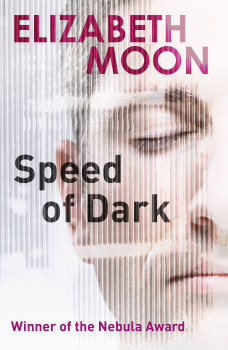
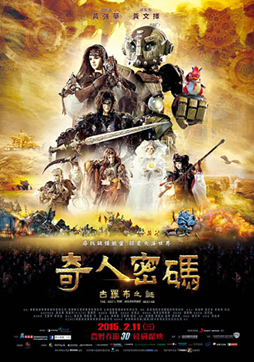 Some days at the Fantasia Festival I find a common theme among the movies I see. And some days I don’t. Sometimes the day’s movies are simply a wonderfully strange mix of things each wonderfully strange in themselves. Bearing that in mind, let’s jump into what I saw on Sunday, July 19.
Some days at the Fantasia Festival I find a common theme among the movies I see. And some days I don’t. Sometimes the day’s movies are simply a wonderfully strange mix of things each wonderfully strange in themselves. Bearing that in mind, let’s jump into what I saw on Sunday, July 19.